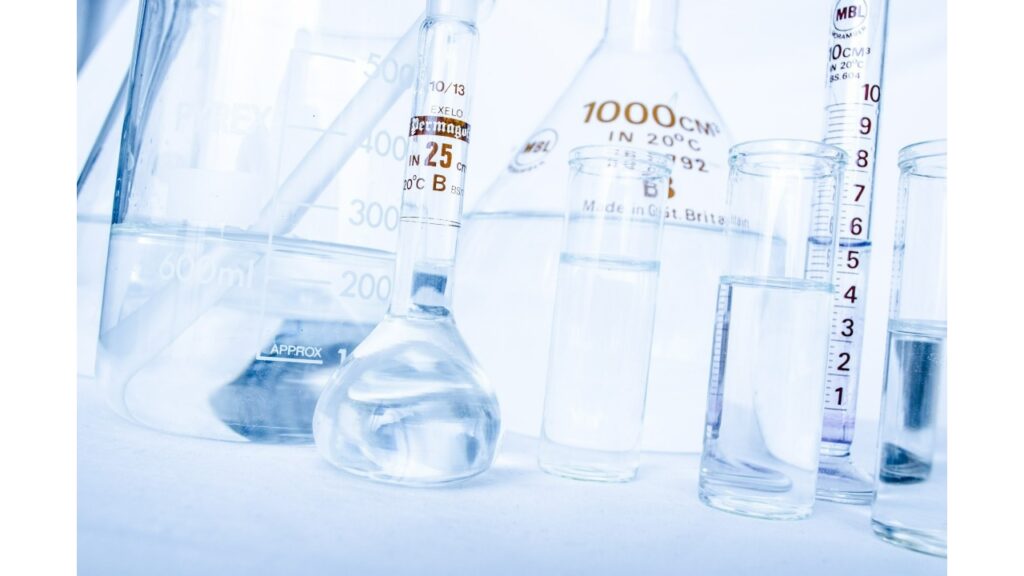An invited viewpoint on the enormous task of mapping all the chemicals in our environment, written by Dr. Saer Samanipour and his team, was just published in JACS Au. After reviewing the body of research, Samanipour, an assistant professor at the University of Amsterdam’s (UvA) Van ‘t Hoff Institute for Molecular Sciences, comes to the conclusion that real, proactive chemical management is not practical.
Samanipour suggests using machine learning and artificial intelligence (AI) in addition to current methods for identifying and detecting every molecule we come into contact with in order to truly gain a handle on the enormous and ever-expanding chemical world.
The sum of all the chemicals we are exposed to is referred to as the “exposome chemical space” in science jargon, and it is essential to Samanipour’s research. His task is to map this enormous molecular space and investigate its most “remote” regions. He is motivated mostly by need but also by curiosity.
Human health is seriously threatened by both direct and indirect exposure to a wide range of substances, the majority of which are unknown. For example, studies indicate that pollution is responsible for 16% of premature deaths worldwide.
The loss of biodiversity is one example of how the ecosystem suffers as well. According to Samanipour, there is evidence that civilization has crossed the line into a safe area when it comes to putting artificial substances into the Earth’s system.
The current strategy is passive by nature.
He believes that the fact that we know so little about this is very disappointing. To say nothing of the fact that we can keep up with the extraordinary rate at which new chemicals are being made, we know very little about the chemicals that are currently in use.
He calculated in a prior study that fewer than 2% of all chemicals to which we are exposed have been discovered.
Society takes a passive, or at most reactive, approach to this problem. We become motivated to examine chemicals only after we see some kind of consequence from their exposure. We make an effort to ascertain their existence, their impact on the environment and human health, and the processes via which they may be harmful.
This has resulted in numerous issues, the most recent of which is the PFAS chemical catastrophe. He continues, “But flame retardants, PCBs, CFCs, and other substances have also shown serious problems.”
Furthermore, substances that are generated in vast amounts and have a very precise molecular structure are the main targets of regulatory actions.
There are a plethora of additional compounds in the world that we are largely ignorant about, according to Samanipour. And they’re not just man-made; chemicals that are harmful to humans are also produced by nature. either through the conversion of artificially produced molecules or through entirely natural synthetic processes.
Samanipour specifically claims that the latter group has been routinely disregarded. Traditional techniques have only cataloged a small portion of the exposome, missing transition products and frequently producing ambiguous results.
We require a data-driven strategy.
The study published in JACS Au provides a comprehensive overview and discussion of the most recent mapping efforts in the exposome chemical space. One of the primary obstacles is the prevailing bias in conventional chemical analysis towards established or suggested structures, as these are crucial for interpreting results from analytical techniques like mass spectrometry and chromatography (GC/LC-HRMS). The more “unexpected” compounds are therefore disregarded. Even with so-called non-targeted analysis (NTA), this bias is eliminated, but the outcomes are still constrained.
While about 700 new compounds are brought into the US market each year, 1600 substances have been identified in the last five years alone.
Samanipour states, “You have to come to the conclusion that the pace of NTA studies is just too slow to be able to catch up when you consider the possible transformation products of these unique chemicals. Our chemical exposome will stay unknown as long as things continue this way.”
The study identifies numerous more barriers in the field of analytical science and offers solutions to enhance outcomes. Samanipour contends that the application of artificial intelligence and machine learning in particular will significantly advance the area.
We require a data-driven strategy in multiple areas, he says. First things first, in order to extract information from the current chemical databases, we need to step up our datamining efforts. We will get new insights from previously documented relationships between the structure, exposure, and effects of identified compounds. For example, they could be used to forecast the potential health consequences of unknown substances.
Second, in order to increase the identified chemical space, we must do retrospective analysis on analytical data that has previously been collected using recognized techniques. There are undoubtedly molecules there that have been missed up to now. Thirdly, we can employ AI to further our comprehension of the composition and extent of the exposome chemical space.
Samanipour understands that this is all obviously a very difficult and complex topic. However, he refuses to let that intricacy deter him since, like the explorers of the real universe, he is a kind of astronaut in molecular space. “To address this, we must put in a lot of effort. I am not under the impression that we will be able to completely map the exposome chemical space throughout my scientific career. However, it is crucial that we acknowledge its complexity, have a conversation about it, and start the process of accepting it,” he continues.








